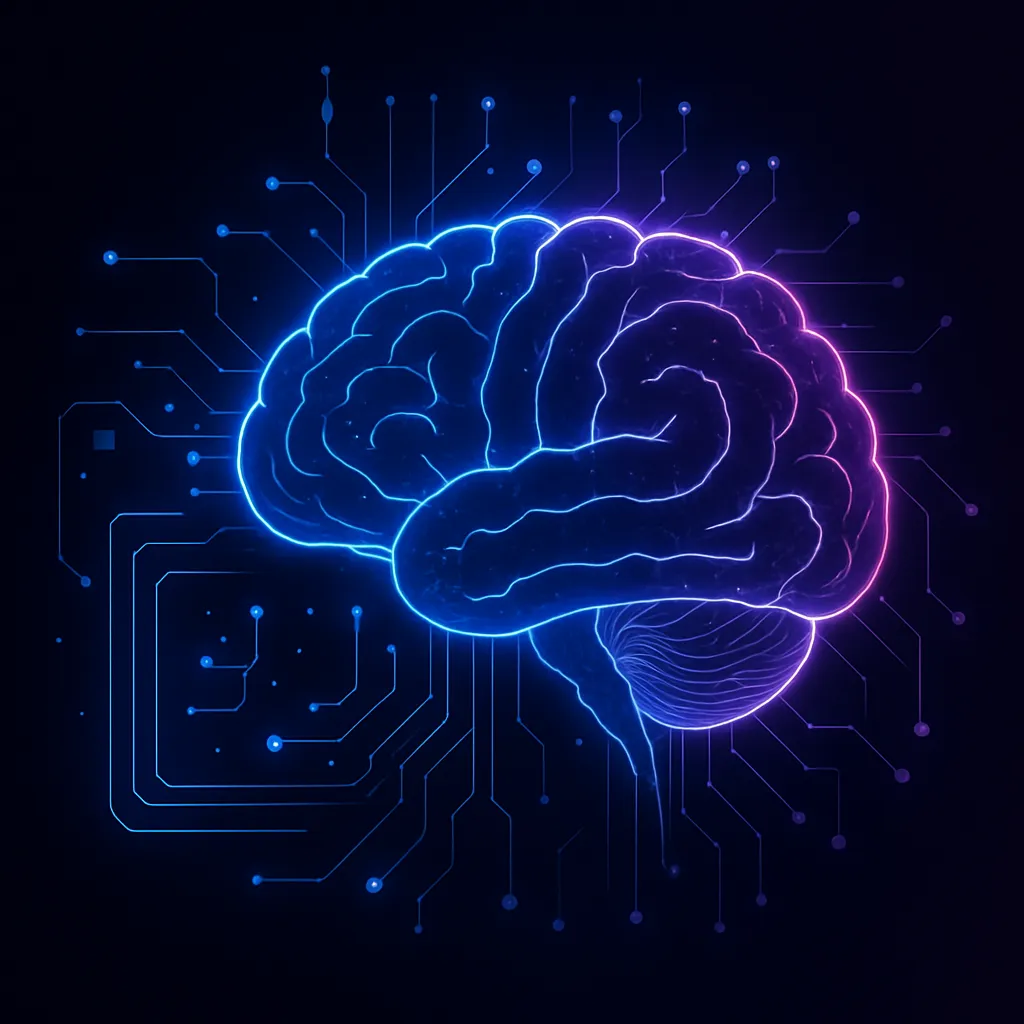
Neural Network Architectures & Optimization
From simple perceptrons to deep transformers, neural network architectures have evolved rapidly in recent decades. Convolutional networks excel at image recognition, recurrent networks capture sequential patterns and attention‑based models like transformers synthesise global context. Underlying these advances are statistical techniques—classification, regression and clustering—that enable models to learn from labelled and unlabelled data and generalise to new examples. Exploring new architectures and understanding their trade‑offs fuels continual innovation.
Optimising neural networks is as important as their design. Hyperparameters such as learning rate, batch size and activation functions determine how effectively a model learns. Regularisation methods like dropout and weight decay prevent overfitting, while batch normalisation stabilises training. Researchers employ automated architecture search and meta‑learning to discover novel network topologies and optimisation strategies. Evaluating models using classification accuracy, regression error and clustering coherence helps guide improvements.
Real‑world applications illustrate the impact of architectural choices. Convolutional neural networks drive computer vision systems in autonomous vehicles and medical imaging. Long short‑term memory and gated recurrent units power speech recognition and natural language processing. Transformers like GPT and ViT unify sequence and spatial modelling, enabling state‑of‑the‑art results in text, audio and vision. As these models scale, researchers also explore lightweight architectures for edge devices and neuromorphic hardware.
Challenges remain around interpretability, energy consumption and accessibility. Deeper and wider networks often behave as black boxes, complicating debugging and trust. Large models demand significant computational resources and may exacerbate environmental impacts. Moreover, successful architectures are sometimes proprietary, limiting reproducibility. Future work must balance performance with transparency and sustainability, ensuring that neural network innovations benefit a broad range of users and applications.
Back to articles